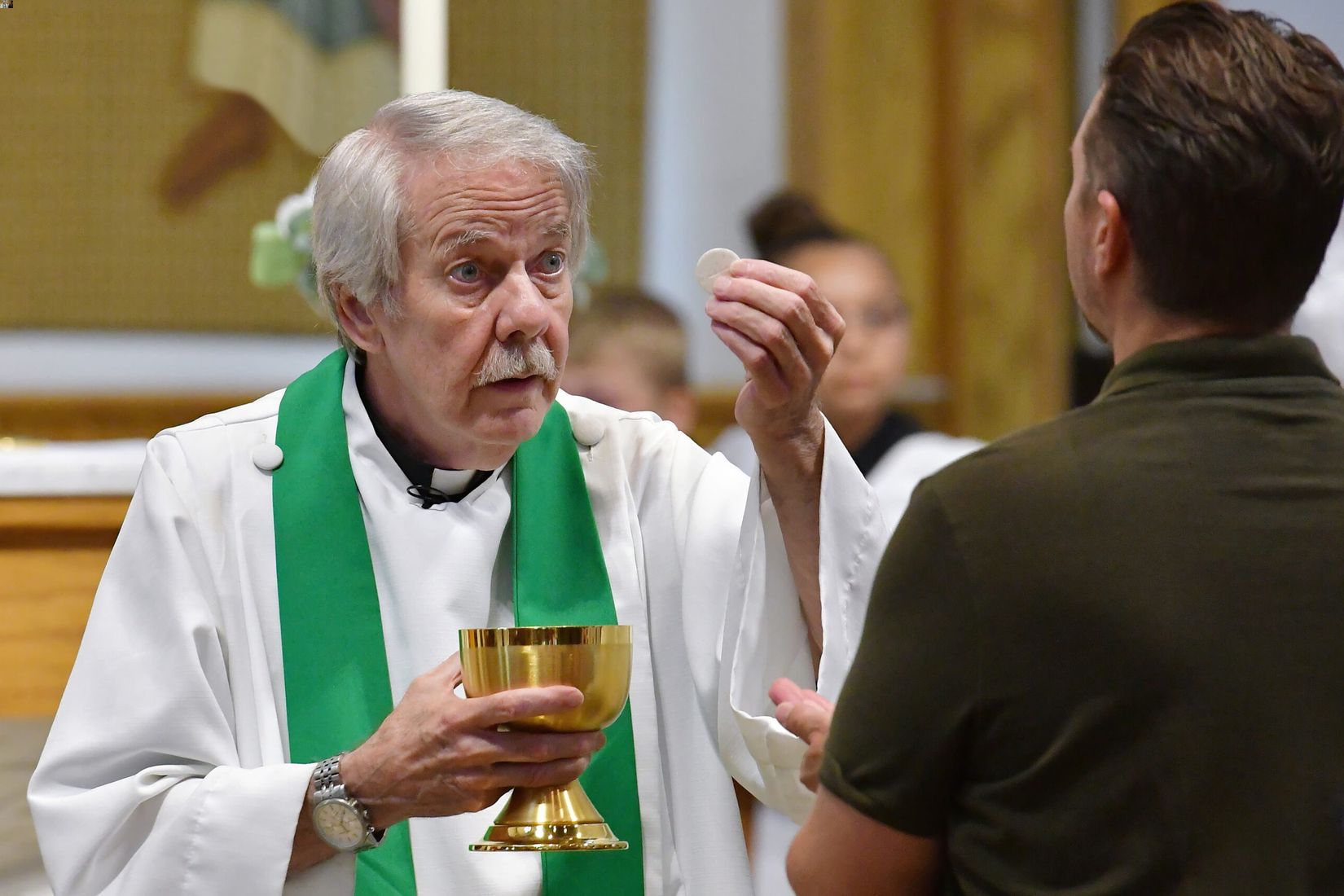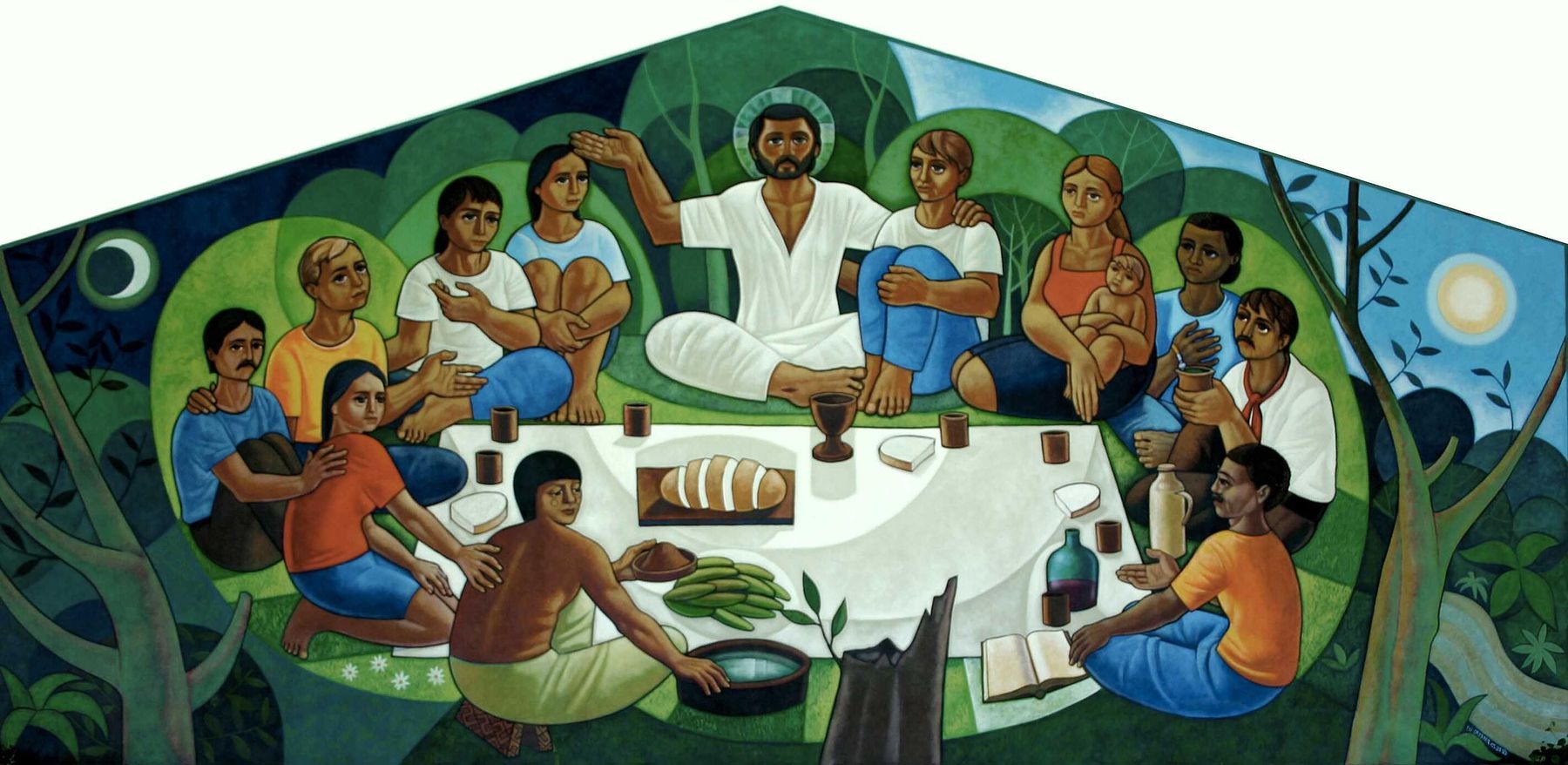
Lay communion is a practice that has intrigued many, blending tradition with modern faith. But what exactly is lay communion? In simple terms, it refers to the act of non-ordained members of a church distributing the Eucharist, or Holy Communion. This practice can vary widely among different denominations and communities. Some see it as a way to involve more members in worship, while others view it as a necessity in the absence of clergy. Understanding lay communion involves exploring its history, significance, and the diverse ways it is practiced. Whether you're curious about its origins or its role in contemporary worship, this guide will provide you with 20 intriguing facts to deepen your knowledge.
What is Lay Communion?
Lay communion refers to the practice where non-clergy members of a religious community participate in the sacrament of communion. This tradition has deep roots and varies across different denominations.
- Lay communion allows ordinary church members to partake in the Eucharist, a sacred Christian rite.
- The term "lay" comes from the Greek word "laikos," meaning "of the people."
- In many Protestant churches, laypeople can distribute communion elements, unlike in Catholicism where only ordained priests can.
- The practice emphasizes the priesthood of all believers, a key Protestant Reformation principle.
- Lay communion can occur during regular services or special occasions like weddings and funerals.
Historical Background of Lay Communion
Understanding the history of lay communion provides insight into its significance and evolution over time.
- Early Christians often gathered in homes, sharing communion as a community without a formal clergy.
- During the Middle Ages, the Catholic Church restricted communion to clergy, with laypeople receiving only the bread.
- The Protestant Reformation in the 16th century restored full communion to laypeople, challenging Catholic practices.
- Martin Luther advocated for lay communion, arguing that all Christians should have direct access to the sacraments.
- The Council of Trent (1545-1563) reaffirmed the Catholic Church's stance on clergy-administered communion, contrasting with Protestant views.
Lay Communion in Different Denominations
Different Christian denominations have unique practices and beliefs regarding lay communion.
- In Anglicanism, laypeople can assist in distributing communion, but consecration is reserved for priests.
- Methodists practice open communion, inviting all baptized Christians to participate, regardless of denomination.
- Baptists emphasize believer's baptism and often practice communion as a symbolic act of remembrance.
- Orthodox Christians generally restrict communion to baptized members of their own church, with clergy administering the sacrament.
- Pentecostal churches may have lay leaders distribute communion, reflecting their emphasis on the Holy Spirit's guidance.
Theological Significance of Lay Communion
The theology behind lay communion highlights its importance in Christian faith and practice.
- Lay communion underscores the belief in the universal priesthood of believers, where all Christians have a direct relationship with God.
- It symbolizes unity within the church, as all members share in the body and blood of Christ.
- The practice serves as a reminder of Jesus' Last Supper with his disciples, a foundational event in Christian tradition.
- For many, lay communion represents equality and inclusivity within the church, breaking down hierarchical barriers.
- The act of participating in communion can strengthen personal faith and communal bonds, fostering a sense of belonging and spiritual growth.
Final Thoughts on Lay Communion
Lay communion, a significant practice in many Christian denominations, emphasizes community and shared faith. It allows non-ordained members to participate actively in the Eucharist, fostering a sense of belonging. This practice highlights the importance of inclusivity within the church, breaking down barriers between clergy and laity. By involving laypeople, churches can strengthen their community bonds and encourage deeper spiritual engagement. Understanding the history and significance of lay communion can enrich one's appreciation of this tradition. Whether you're a lifelong churchgoer or new to the faith, recognizing the value of lay participation in communion can enhance your spiritual journey. Embracing this practice can lead to a more connected and vibrant faith community. So next time you partake in communion, remember the shared experience and unity it represents.
Was this page helpful?
Our commitment to delivering trustworthy and engaging content is at the heart of what we do. Each fact on our site is contributed by real users like you, bringing a wealth of diverse insights and information. To ensure the highest standards of accuracy and reliability, our dedicated editors meticulously review each submission. This process guarantees that the facts we share are not only fascinating but also credible. Trust in our commitment to quality and authenticity as you explore and learn with us.


